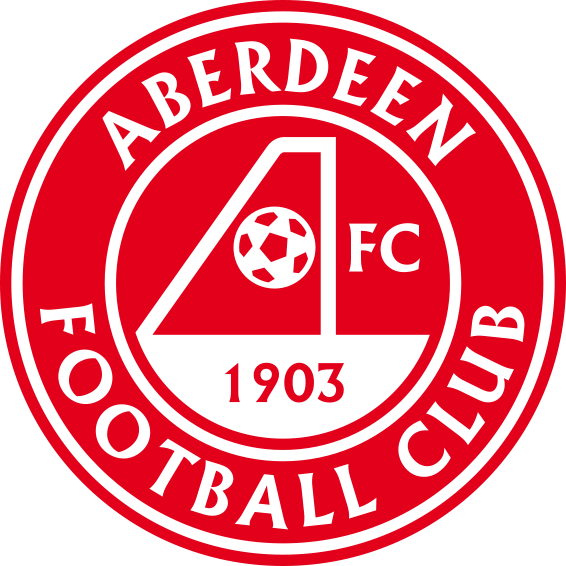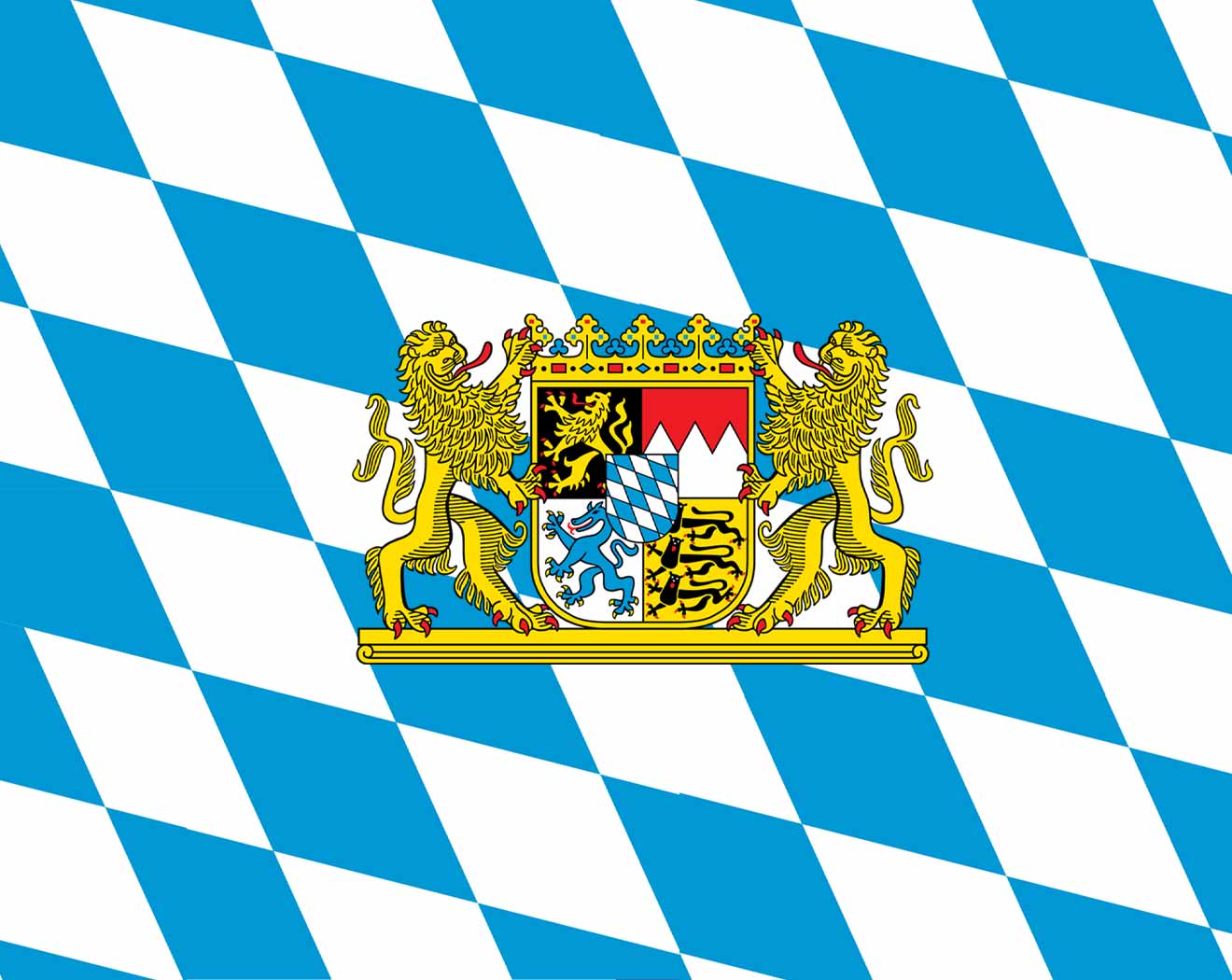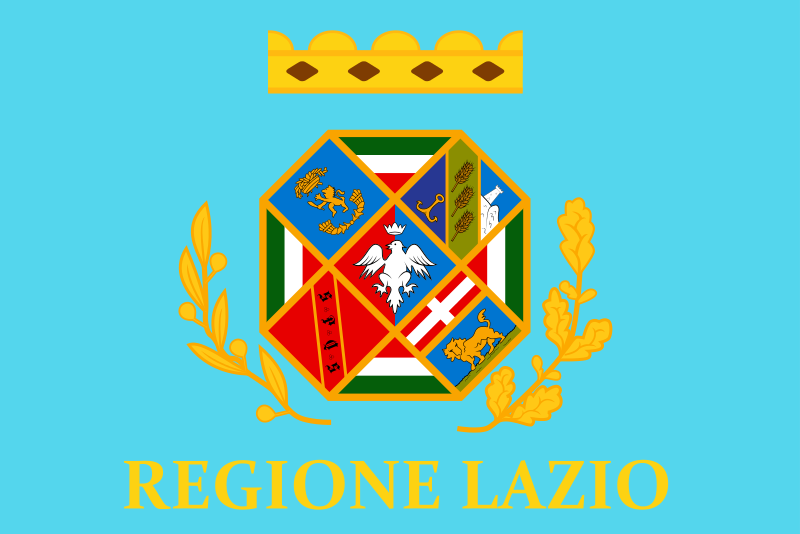
Deutsch-Chinesische Enzyklopädie, 德汉百科
 Schottland
Schottland

Faslane-on-Clyde ist eine Basis der Royal Navy im Firth of Clyde in Schottland. Gemeinsam mit der benachbarten Marinebasis Coulport lautet die offizielle Bezeichnung His Majesty’s Naval Base Clyde oder kurz HMNB Clyde.
克莱德海军基地(His Majesty's Naval Base, Clyde;缩写:HMNB Clyde;HMS Neptune),是英国皇家海军的三个现有的海军基地之一,坐落于苏格兰盖尔湖的法斯兰港(Faslane),是皇家海军苏格兰总部所在地,英国的核武器存放于此地的核潜艇中。





共济会(英语:Freemasonry[注 1]),是一个会所遍布全球的兄弟会组织,由中世纪末欧洲地区的石匠行业协会演变而来,[注 2]现代的共济会起源于英格兰,英国共济联合总会(United Grand Lodge of England, UGLE) 成立于公元1717年,爱尔兰总会和苏格兰总会分别成立于1725年和1736年,这三个总会成为全球所有总会的起源。
英国共济联合总会建立后共济会的精神哲理迅速扩散至欧洲大陆和美洲,其成员在各个国家成立了自己的共济会总会,网罗了世界上无数的菁英,如杜鲁门等14位美国总统,如乔治华盛顿、加里波底、黎刹医生、穆斯塔法·凯末尔·阿塔图克、西蒙·玻利瓦尔等建国英雄,又如伏尔泰、孟德斯鸠等启蒙运动的哲学家,或是维克多·雨果、柯南·道尔等小说家,还有莫扎特、海顿等音乐家,再如鲁道夫·施泰纳、亚历山大·弗莱明等科学家,带领人们走出大战的丘吉尔、罗斯福等等杰出的人才都聚集在这个大家庭之中,目前全球约有400万以上的会员。[1]
共济会的会员等级制度至今仍带有浓厚的中世纪色彩[注 3],除了承袭石匠的建筑工艺之外也受到当时骑士精神和启蒙运动的影响,化为自己独特的仪式、标志、辨认方式和独特的教育系统。共济会组织其会员遍布众多国家和地区的学术界、艺术界、政界和商界。
共济会没有没有统一的中央组织主宰,加入者需与各地的共济会联系,获得两位共济会会员作为介绍人才可以提交申请。历史上大多数共济会会所只接受男性入会,直到20世纪开始,才开始有以共济会为名义成立并只接受女性入会的组织,例如:女子共济会的秩序(The Order of Women Freemasons)与Honourable Fraternity of Ancient Freemasons (HFAF) —— 古代共济会(HFAF – Freemasonry for Women (页面存档备份,存于互联网档案馆))[2]。[3]
于2024年6月,英国共济联合总会(UGLE)、女子共济会的秩序(OWF)和古代共济会(HFAF)这三个机构宣布成立历史性的共济会理事会(Council for Freemasonry in England and Wales),目的是以消除误解,解决面临的挑战,并促进包容等基本原则。尽管现仍有错误说法称共济会仅限男性加入,但女子共济会已经成为英国共济会一个世纪以来不可或缺的一部分。新成立的理事会将为合作提供一个正式的平台,促进各机构的社区服务目标,协调与其他组织的沟通和交流,并推动会员增长,尤其是女性会员。理事会将由每个大会的领袖组成,每届大会将严格轮流担任为期12个月的主席。理事会的成立是增进合作、消除误解,以及弘扬共济会价值观的关键一步。
Die Freimaurerei ist eine international verbreitete Bewegung von zumeist männlichen Initiationsgemeinschaften, die in sogenannten Logen organisiert sind. Die Mitglieder sind in Grade eingeteilt, von denen es je nach Lehrsystem drei bis 33 gibt. Sie treffen sich zu geselligen und ethisch-religiösen Zwecken und führen Zeremonien durch, die sogenannte Tempelarbeit.
Über die Vorgänge innerhalb der Versammlungen besteht Verschwiegenheitspflicht. Wegen dieses Arkanprinzips wird die Freimaurerei mitunter als Geheimbund bzw. Geheimgesellschaft bezeichnet, und viele Verschwörungstheorien sind über sie im Umlauf. Die Freimaurerei selbst versteht sich als Bund freier und gleicher Menschen mit der Überzeugung, dass die ständige Arbeit an sich selbst zu Selbsterkenntnis und einem menschlicheren Verhalten führe. Die fünf Grundideale der Freimaurerei sind Freiheit, Gleichheit, Brüderlichkeit, Toleranz und Humanität. Es gibt, je nach Quelle, weltweit 2,6 bis sieben Millionen Freimaurer.
Die Ursprünge der Freimaurerei liegen im Dunkeln. Sicher belegt ist die Gründung der ersten Großloge in London 1717. Deren Konstitution, die Alten Pflichten von 1723 bildet die Grundlage der heutigen Freimaurerei. Gemeinsam mit den Salons, den Lesegesellschaften und anderen Zusammenschlüssen der frühen Aufklärung bildeten die Logen in ganz Europa eine neue Form von Öffentlichkeit und trugen zur Verbreitung aufklärerischer Ideen bei. Zwei der bekanntesten freimaurerischen Symbole sind Winkel und Zirkel (in Amerika mit dem zentralen Buchstaben „G“, der oft für die allgegenwärtige Geometrie steht).
 Azerbaijan
Azerbaijan

 Bavaria
Bavaria
 Belgium
Belgium

 Comunidad Autónoma del País Vasco
Comunidad Autónoma del País Vasco
 Denmark
Denmark
 Germany
Germany
 England
England
 UEFA European Championship 2020
UEFA European Championship 2020
 Group B
Group B
 UEFA European Championship 2020
UEFA European Championship 2020
 Group A
Group A
 UEFA European Championship 2020
UEFA European Championship 2020
 Group C
Group C
 UEFA European Championship 2020
UEFA European Championship 2020
 Group D
Group D
 UEFA European Championship 2020
UEFA European Championship 2020
 Group E
Group E
 UEFA European Championship 2020
UEFA European Championship 2020
 Group F
Group F
 UEFA European Championship 2020
UEFA European Championship 2020
 Group G
Group G
 UEFA European Championship 2020
UEFA European Championship 2020
 Group H
Group H
 UEFA European Championship 2020
UEFA European Championship 2020
 Group I
Group I
 UEFA European Championship 2020
UEFA European Championship 2020
 Group J
Group J
 Ireland
Ireland
 Italy
Italy

 Lazio
Lazio
 Netherlands
Netherlands
 Romania
Romania
 Russia
Russia
 Schottland
Schottland
 Spain
Spain
 Hungary
Hungary
 United Kingdom
United Kingdom




 UEFA European Championship 2020
UEFA European Championship 2020

 International cities
International cities
 *European Capital of Culture
*European Capital of Culture
 Schottland
Schottland
 United Kingdom
United Kingdom

格拉斯哥(英语:Glasgow /ˈɡlɑːzɡoʊ, ˈɡlæz-/;[3] 低地苏格兰语:Glesca;苏格兰盖尔语:Glaschu)是英国苏格兰最大城市,位于苏格兰西部的克莱德河河口。格拉斯哥不仅是苏格兰最大城市与最大商港,也是英国第三大城市。大格拉斯哥地区拥有人口230万,占苏格兰总人口的41%。[4]
格拉斯哥是从主教区和皇家自治镇发展而来的,随着15世纪时格拉斯哥大学的建立而成为区域文化中心,在18世纪的苏格兰启蒙运动中扮演着重要的角色,与英属北美及英属西印度群岛之间有频繁的贸易往来。到了工业革命时期重要性更大,在维多利亚及爱德华时期被誉为仅次于伦敦的“(大英)帝国第二城”,是继伦敦和巴黎之后第三个人口达到百万的欧洲城市。[5][6][7][8][9]
近年来格拉斯哥逐渐发展成为欧洲十大金融中心之一,众多苏格兰企业将总部设于此。
Glasgow [ˈɡlazgəʊ oder ˈglɑːzgəʊ][3] (Scots: Glesga, schottisch-gälisch: Glaschu, amtlich City of Glasgow) ist mit etwa 600.000 Einwohnern die größte Stadt Schottlands und nach London und Birmingham die drittgrößte Stadt des Vereinigten Königreichs. Die Stadt bildet eine der 32 Council Areas in Schottland und liegt am Fluss Clyde. Im späten 19. und frühen 20. Jahrhundert hatte Glasgow mehr als eine Million Einwohner. Heute leben in der Greater Glasgow Urban Area 1.750.500 Einwohner.[4]
Glasgow gilt im Gegensatz zur schottischen Hauptstadt Edinburgh als „Arbeiterstadt“. In Glasgow gibt es eine Kathedrale aus dem 12. Jahrhundert und vier Universitäten (Universität Glasgow, Universität Strathclyde, Glasgow Caledonian University und die University of the West of Scotland) sowie die Glasgow School of Art und das Royal Conservatoire of Scotland (ehemals Royal Scottish Academy of Music and Drama).
グラスゴー (英: Glasgow/ スコットランド・ゲール語: Glaschu)は、イギリスのスコットランド南西部に位置する都市。人口は63万人で、スコットランド最大である。イギリス全体でも、ロンドン、バーミンガム、リーズ (いずれもイングランド)に次いで第4位に位置する。 英国国内ではロンドンとエディンバラについで3番目に観光客が多く、年間300万人ほどがこの街を訪れる。15世紀創立の名門グラスゴー大学を擁し、産業都市であるとともに、文化・芸術・若者の街として知られている。英語で「ノルウェー人」や「ノルウェーの」といった形容詞が"Norwegian"であるように、グラスウィージャン (Glaswegian) といった言葉が用いられる。移民が多く、かつては工業の街であった背景も影響し、地元の人々の英語方言はスコットランド訛りの中でも特に難解とされている。訛りが強いだけではなく、グラスウィージャンの方言も使用されている。なお、スコットランド・ゲール語はグラスゴーではほとんど使用されない。1990年には欧州連合の欧州文化都市に選ばれている。
Glasgow (Scots: Glesga; Scottish Gaelic: Glaschu) is the most populous city in Scotland and the fourth-most populous city in the United Kingdom, as well as being the 27th largest city by population in Europe.[6] In 2020, it had an estimated population of 635,640. Historically part of Lanarkshire, the city now forms the Glasgow City council area, one of the 32 council areas of Scotland, and is governed by Glasgow City Council. Glasgow is situated on the River Clyde in the country's West Central Lowlands. It is the fifth-most visited city in the United Kingdom.[7]
Glasgow grew from a small rural settlement on the River Clyde to become the largest seaport in Scotland, and tenth largest by tonnage in Britain. Expanding from the medieval bishopric and royal burgh, and the later establishment of the University of Glasgow in the 15th century, it became a major centre of the Scottish Enlightenment in the 18th century. From the 18th century onwards, the city also grew as one of Britain's main hubs of transatlantic trade with North America and the West Indies. With the onset of the Industrial Revolution, the population and economy of Glasgow and the surrounding region expanded rapidly to become one of the world's pre-eminent centres of chemicals, textiles and engineering; most notably in the shipbuilding and marine engineering industry, which produced many innovative and famous vessels. Glasgow was the "Second City of the British Empire" for much of the Victorian era and the Edwardian era.[8][9][10][11]
In the late 19th and early 20th centuries, Glasgow's population grew rapidly, reaching a peak of 1,127,825 people in 1938.[12] The population of Glasgow was greatly reduced following comprehensive urban renewal projects in the 1960s which resulted in large-scale relocation of people to designated new towns, such as Cumbernauld, Livingston, East Kilbride and peripheral suburbs, followed by successive boundary changes. Over 985,200 people live in the Greater Glasgow contiguous urban area, while the wider Glasgow City Region is home to over 1,800,000 people, equating to around 33% of Scotland's population.[2] The city has one of the highest densities of any locality in Scotland at 4,023/km2.
Glasgow has the largest economy in Scotland and the third highest GDP per capita of any city in the UK.[13][14] Glasgow's major cultural institutions - the Burrell Collection, Kelvingrove Art Gallery and Museum, the Royal Scottish National Orchestra, Scottish Ballet and Scottish Opera – enjoy international reputations. The city was the European Capital of Culture in 1990 and is notable for its architecture, culture, media, music scene, sports clubs and transport connections. Natives or inhabitants of Glasgow are known as Glaswegians, and are well known for their distinctive dialect and accent. Glasgow hosted the 2014 Commonwealth Games and the first European Championships in 2018, and was one of the host cities for UEFA Euro 2020. The city is also well known in the sporting world for football, particularly the Old Firm rivalry between Celtic and Rangers.
Glasgow (en français : /ɡlas.ɡo/a ; en anglais : /ˈɡlazɡo/b ou /ˈɡlæzɡəʊ/c ; en scots : Glesga [ˈɡlezɡə] Écouter ; en gaélique écossais : Glaschu /ˈkl̪ˠas̪əxu/ Écouter) est la principale métropole d’Écosse et la troisième ville du Royaume-Uni, derrière Londres et Birmingham. Elle a aussi le statut de council area et de région de lieutenance, après avoir eu celui de district au sein de la région du Strathclyde (du 15 mai 1975 au 31 mars 1996) dont elle est le siège. Elle est située dans l'ouest de la partie centrale des lowlands écossaises. Le gentilé Glaswégien désigne aussi, au singulier, le dialecte local.
La naissance de la ville repose sur deux fondations médiévales : l'ancien archidiocèse de Glasgow et l’université de Glasgow en 1451. L'essor décisif survient toutefois après les Lumières écossaises, imposant un précoce taux d'alphabétisation et une rapide transition de la maîtrise de l'outil au machinisme. À partir du XVIIIe siècle, Glasgow est un centre considérable du commerce transatlantique et pendant la Révolution industrielle, au XIXe siècle, l’ingénierie et la construction navale prennent le relais.
Appelée, après Londres, « la deuxième ville de l’Empire britannique » pendant les époques victorienne et édouardienne malgré sa triste réputation de ville de taudis1,2,3, Glasgow reste aujourd'hui encore l’un des centres financiers les plus importants d’Europe4 et accueille les quartiers généraux de grandes entreprises écossaises. En 2012, Glasgow est classée 44e ville mondiale pour la qualité de ses infrastructures5.
Glasgow (Glaschu in gaelico scozzese; Glesga in scots) è la più grande città della Scozia e la quarta più grande del Regno Unito[1]. Si trova sul fiume Clyde, nelle Lowlands centro-occidentali del paese. I suoi abitanti sono detti Glasvegiani (in inglese Glaswegians).
Capitale economica della Scozia, è la città scozzese con la più alta densità di popolazione, con 3 395 abitanti per chilometro quadrato (dati del censimento del 2011), nonché la terza città britannica per numero di turisti stranieri dopo Londra ed Edimburgo.
La Glasgow city è una delle 32 aree amministrative della Scozia dalla riforma del governo locale del 1999, prima della quale la città era il capoluogo della regione di Strathclyde.
La Glasgow Central Station è tra le principali stazioni ferroviarie della Gran Bretagna.
Glasgow (Glaschu en gaélico escocés, o Glesga en escocés), oficialmente City of Glasgow, es una ciudad y un consejo de Escocia, en el Reino Unido.23 Es la mayor ciudad de Escocia y la tercera del Reino Unido después de Londres y Birmingham, y es el consejo más poblado y la décima área metropolitana más poblada del Reino Unido en su conurbación Gran Glasgow, tras el Gran Londres. Está situada a las orillas del río Clyde en las Tierras Bajas de Escocia. La gente de Glasgow es conocida como Glaswegians. Asimismo, Glaswegian es el nombre con que se conoce al dialecto local escocés.
Antiguamente, fue una royal burgh (ciudad real), y era conocida como la «segunda ciudad del imperio británico» en la época victoriana. Se erigió como un gran puerto de comercio de trasatlánticos durante la Revolución industrial. El Clyde fue uno de los más preeminentes centros mundiales de astilleros, construyéndose en él muchos de los revolucionarios y famosos buques de la línea Cunard como el RMS Lusitania, RMS Aquitania, RMS Queen Mary, RMS Queen Elizabeth y el RMS Queen Elizabeth 2; así como el yate real Britannia.
La ciudad creció a finales del siglo XIX y principios del siglo XX hasta alcanzar una población de más de un millón de habitantes, llegando a 1 089 555 habitantes en 1951.4 No obstante, la población disminuyó debido a los proyectos de renovación urbana, llevando a la gente a nuevas poblaciones a las afueras de la ciudad, como East Kilbride y Cumbernauld, y a los sucesivos cambios de su término municipal de los gobiernos nacionales en un intento de reducir el poder relativo de la ciudad en Escocia, lo que redujo la población de la ciudad a 584 240 habitantes en 2008.4 El Gran Glasgow tenía una población de 1 195 200 habitantes en 20105 y la conurbación que forman Glasgow y su área metropolitana cuenta, aproximadamente, con 2 300 000 habitantes, lo que constituye el 41 % de la población de toda Escocia.6
Al ser un punto neurálgico de comercio, negocios, industria, medios de comunicación y transporte de Escocia, Glasgow es considerada como una ciudad cosmopolita y bulliciosa. Es el tercer destino turístico más visitado del Reino Unido después de Londres y Edimburgo. Asimismo, es el centro económico más importante de comercio y de venta al por menor de Escocia. Glasgow es uno de los veinte centros financieros más importantes de Europa y es la sede de muchos de los negocios a la cabeza en Escocia, lo que hace a la ciudad parte esencial de la economía británica.
Гла́зго (англ. Glasgow [ˈɡlɑːzɡoʊ], скотс. Glesga, гэльск. Glaschu [ˈkɫ̪as̪xu]) — крупнейший город Шотландии и четвёртый по численности населения в Великобритании (после Лондона, Бирмингема и Лидса). Является административным центром округа Глазго-Сити. Расположен на западе центральной части Шотландии, на реке Клайд в 32 км от её устья.
Основанный в середине VI века, в Средние века Глазго считался одним из важных религиозных и образовательных центров Шотландии. Промышленная революция XVIII века превратила его в один из крупных промышленных центров Великобритании (особенно в области судостроения), а в последующее столетие расцвет экономики города принял такие масштабы, что Глазго в те времена считался вторым городом империи (после Лондона). В конце XX века, после пережитого в 1920—1970-х годах кризиса, следствием которого стало резкое сокращение населения и снижение уровня жизни, властями Глазго с успехом был осуществлён ряд программ, направленных на культурное и экономическое возрождение города.






 Military, defense and equipment
Military, defense and equipment
 Sport
Sport
 Architecture
Architecture
 Hand in Hand
Hand in Hand
 Review
Review
 Art
Art